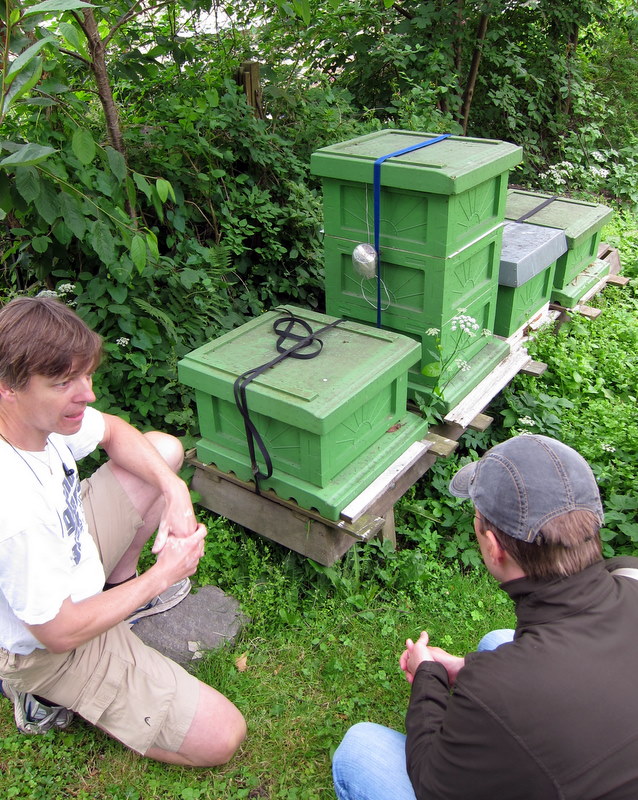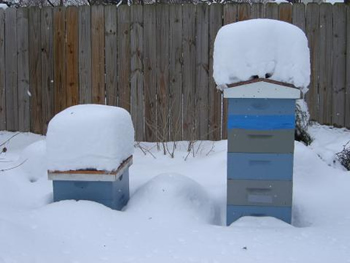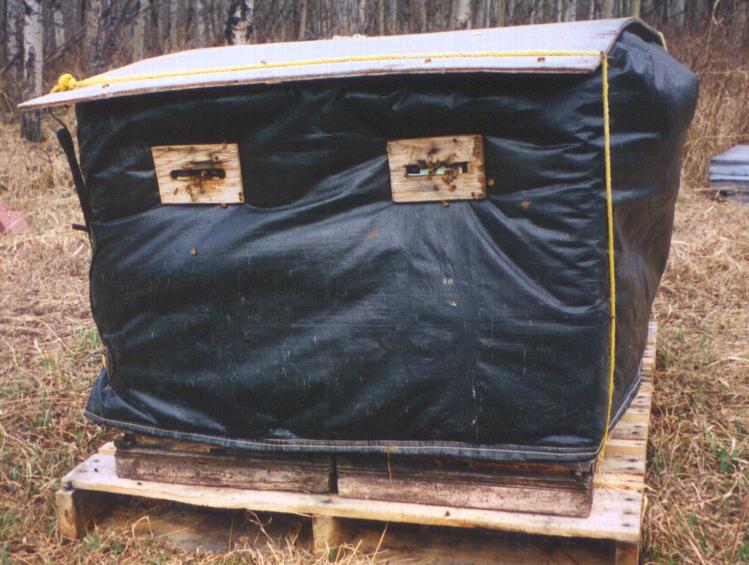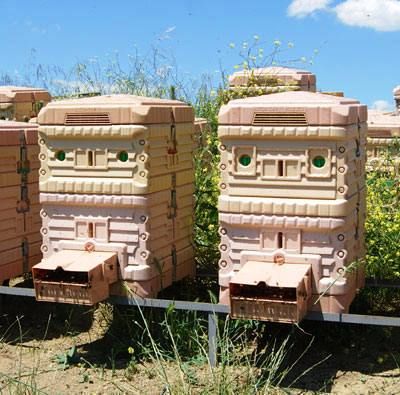Finman
Queen Bee
- Joined
- Nov 8, 2008
- Messages
- 27,887
- Reaction score
- 2,026
- Location
- Finland, Helsinki
- Hive Type
- Langstroth
Is there such a thing as too much insulation? We just don't know.
I know it very well.
- Insulation is expencive. It needs lots more material and it has its cost. Now the langstroth box has 1.0 kg plastic.
- That extra wall thicknes, what derekm speaks, it is not needed. Tell me where it is needed,
- It makes nursing more difficult if the box is 10-15 cm longer and 10-15 cm wider:
And floor is leaking heat however.
- Nowadays old wooden boxes can be used easily as supers. I have solid wooden boxes, which have 9 frames. They are 48 years old and in good condition.
- The size of boxes have not been found its size by accident. If it were wrong size, it would be changed 20 years ago.
- What is the problem that recent polyboxes . Why they are not good?
- Italian bees over winter in -40C weather in Finland, what do you British beeks want it to be? Your winter temp goes hardly under zero.
What is the problem? Where you need that extra insulation.
It saves winter food; stop feeding the hives in winter with expencive honey and with semiexpencive special sugars. Bees' stomack splits the sucrose to fructose and glucose. You need not to pay for that many fold sugar coast.
You should better to research need of mesh floor in your climate and the need of extra empty box under wintering box.
.
Last edited:







![poly-hive-empty-1591-p[ekm]220x220[ekm].jpg](https://proxy.imagearchive.com/7eb/7eba45a43ef4705b70c7410b66057d62.jpg)




















































